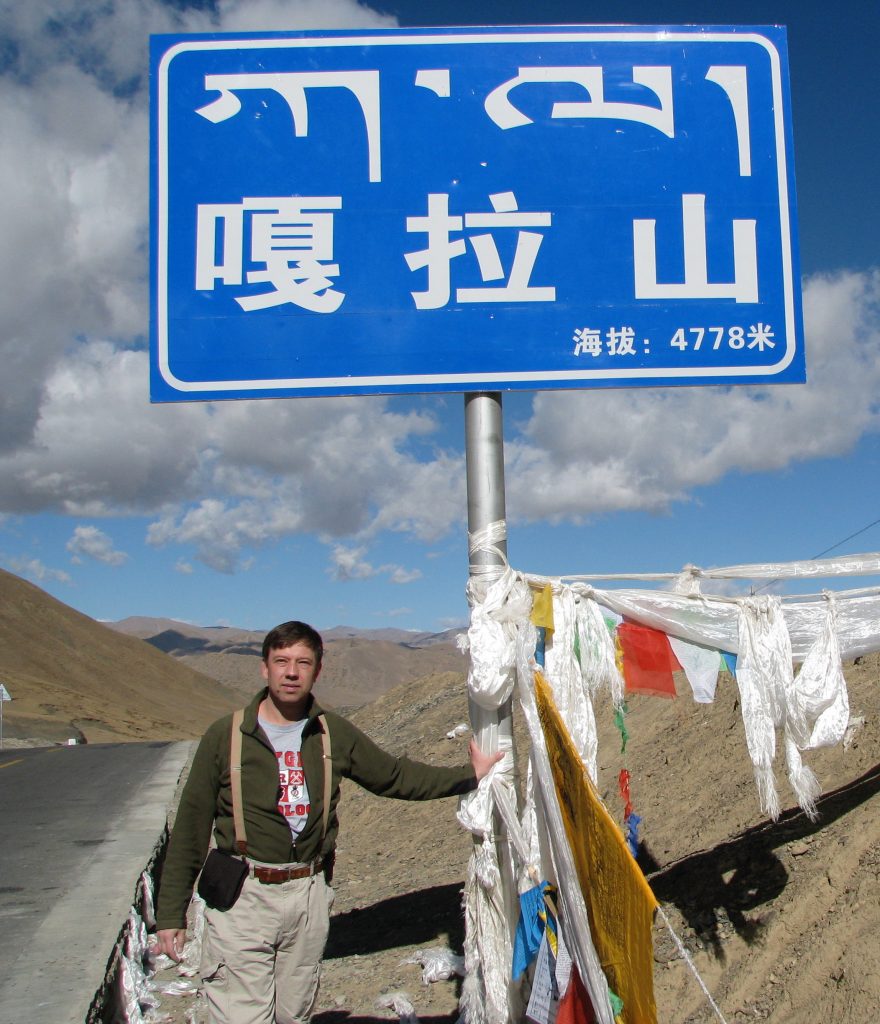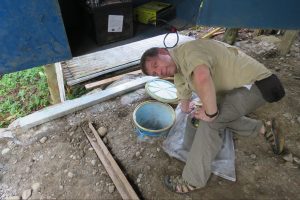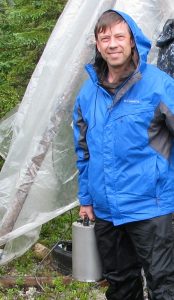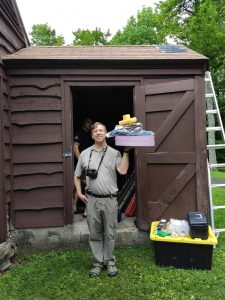Research
For the part of our planet that is beyond direct sampling (which is most of it) seismic waves offer an insight into the present day state of the interior. They can illuminate shapes of objects at depths, reveal changes in the state of the material, and offer clues about its texture. In my research I use observations of seismic waves to probe the interior structure of the Earth. My studies yield information about the speed of different seismic waves: how it changes with depth, and from place to place; whether these changes are smooth or abrupt; whether there is any dependence on the direction in which seismic waves travel. While the means of my research have to do with elastic wave propagation and time series analysis, the motivation and goals are those of geological history and present-day tectonic activity. On the basis of inferences about seismic wave speed inside the Earth I try to understand what is happening there now, or has happened in the past.
-
Geoscience REseasrch At the cordillera Talamaca (GREAT)
2018 – 2021
A program introducting undergraduate students to research
Description See Official Site for student blogs, photo galleries and posters

GREAT survey of a landslide near the border with Panama Publications:
James R. Bourke, Vadim Levin, Ivonne G. Arroyo, Lepolt Linkimer; Evidence for Caribbean plate subduction in southern Costa Rica. Geology 2023;; 51 (4): 408–412. doi: https://doi.org/10.1130/G50796.1
Bourke, J., V. Levin, L. Linkimer, I. Arroyo, A Recent Tear in Subducting Plate Explains Seismicity and Upper Mantle Structure of Southern Costa Rica, 2020, G^3, first published November 12 2020 DOI 10.1029/2020GC009300
Levin, V. S. Elkington, J. Bourke, I. Arroyo and L. Linkimer, Seismic anisotropy in southern Costa Rica confirms upper mantle flow from the Pacific to the Caribbean., Geology, published September 4, 2020; DOI 10.1130/G47826.1
-

very soft sand traps the van in central Quebec. Colloquial name: Quebec – to – Maine over Three Sutures, or QMIII
Part of the Earthscope., a national research program.
A collaboration with William Menke (Columbia) and Fiona Darbyshire (UQAM)
Data from the QMIII seismic array operated in the course of this project contributed to studies of crustal and upper mantle structure along a ~1200 km long transect that crossed three major tectonic elements of the North American continent. The project supported a PhD thesis by Xiaoran Chen, MS theses by Benjamin Dunham and Yiran Li, and offered independent study opportunities for four undergraduates. A publication on the likely upwelling in the upper mantle beneath New England (Levin et al., 2018) generated a remarkable degree of interest in popular science publications and general mass media.
Publications Levin et al., 2016, 2017, 2018, 2023; Chen et al., 2018;2021a; 2021b; Gilligan et al., 2016; Boyce et al., 2016 Menke et al., 2016
Seismic data collected by the project are publicly available through the IRIS Data Management Center (doi:10.7914/SN/X8_2012).
-
A collaboration with Steven Roecker (RPI), and with China Earthquake Administration Tibet Bureau.
Photo Galleries of field work in 2007 and 2011. Data set stored at IRIS Data center: 10.7914/SN/Y2_2007

First really high pass west of Lhasa Publications:
Duret et al., 2010

Entrance into the crater of the Mutnovsky volcano, Kamchatka, summer 2011


